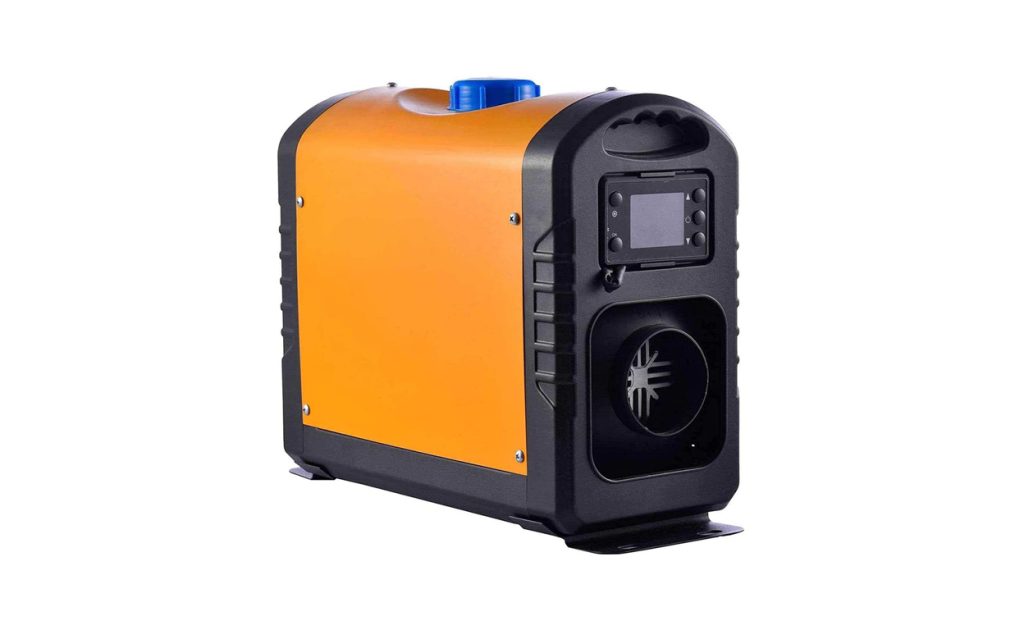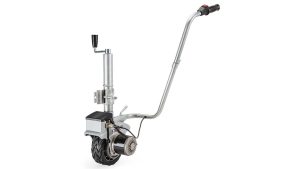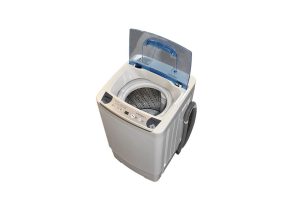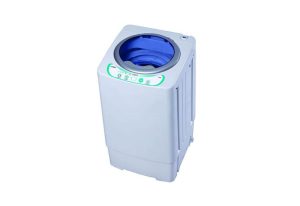Installing a caravan diesel heater in your caravan is a smart choice for keeping your mobile home warm and comfortable during your travels. However, determining the ideal location for the heater is crucial to ensure efficient operation and optimal heat distribution. In this article, we will explore the best places to install a diesel heater in a caravan, considering factors such as safety, accessibility, ventilation, and space utilization.
Safety Considerations
Safety should be the top priority when choosing the location for a diesel heater in your caravan. It is crucial to select a spot that minimizes the risk of fire hazards and allows for proper ventilation. Here are some safety considerations to keep in mind:
Adequate Clearance
Ensure that the chosen location provides sufficient clearance around the heater unit as specified by the manufacturer’s guidelines. This clearance will help prevent the buildup of heat and reduce the risk of flammable materials coming into contact with the heater.
Combustible Material Avoidance
Avoid placing the diesel heater near combustible materials such as curtains, upholstery, or storage items. Choose a location that keeps these materials at a safe distance from the heater to prevent potential fire hazards.
Protection from Physical Damage: Install the heater in a location where it is less likely to be accidentally bumped, kicked, or damaged by other items or movements within the caravan.
Accessibility and Maintenance
Consider the accessibility of the diesel heater for maintenance and servicing purposes. Select a location that allows easy access to the heater unit, control panel, and any filters or components that may require regular inspection or cleaning. This accessibility will make maintenance tasks more convenient and help ensure the heater operates at its best.
Heat Distribution and Airflow
Efficient heat distribution and proper airflow are essential for ensuring consistent and comfortable heating throughout your caravan. When choosing the placement of your diesel heater, consider the following:
Central Positioning
Opt for a central location in the caravan to maximize heat distribution. Placing the heater closer to the center of the living area allows heat to reach all corners of the space more effectively.
Air Circulation
Choose a location that allows for good airflow around the heater. Avoid obstructing the heater with furniture or other objects that could restrict air circulation and impede heat distribution.
Ceiling Height
Consider the height of your caravan’s ceiling. Mounting the heater at a suitable height ensures that warm air can rise and spread evenly throughout the living space.
Ventilation Requirements
Proper ventilation is crucial for the safe operation of a diesel heater. The installation location should allow for adequate fresh air intake and proper exhaust venting. Here’s what to consider:
Fresh Air Intake
Ensure that the chosen location provides access to fresh air for the combustion process. This may involve locating the heater near a vent or creating a dedicated air intake system.
Exhaust Venting
Plan for an appropriate exhaust venting system that directs the combustion gases safely outside the caravan. Follow the manufacturer’s instructions for the correct installation of the exhaust vent and ensure it is positioned away from windows, doors, and other ventilation openings.
Space Utilization and Aesthetics
Consider the available space and the impact of the diesel heater installation on the overall layout and aesthetics of your caravan. While safety and functionality are crucial, finding a balance that optimizes space utilization and maintains an appealing interior is also important.
Compact Design
Choose a diesel heater model that fits well within the available space without overpowering the caravan’s interior.
Concealed Placement
Explore options for concealing the heater unit behind cabinets or in dedicated storage compartments. This allows for a tidy and uncluttered appearance while still
providing efficient heating.
Noise Considerations
Some diesel heaters may produce noise during operation. Take this into account when selecting the installation location, opting for areas where the noise won’t be disruptive to your comfort or sleep.
Conclusion
Choosing the best place to install a diesel heater in your caravan is crucial for ensuring safe and efficient heating. Consider safety, accessibility, ventilation, heat distribution, and space utilization when determining the installation location. Prioritize safety by providing adequate clearance, avoiding combustible materials, and protecting the heater from physical damage. Accessibility is important for maintenance and servicing needs. Optimize heat distribution by choosing a central position and ensuring proper airflow. Don’t forget to address ventilation requirements for fresh air intake and exhaust venting. Finally, consider space utilization and aesthetics to maintain an appealing interior. By carefully considering these factors, you can enjoy the benefits of a well-placed diesel heater that provides cozy warmth throughout your caravan travels.







